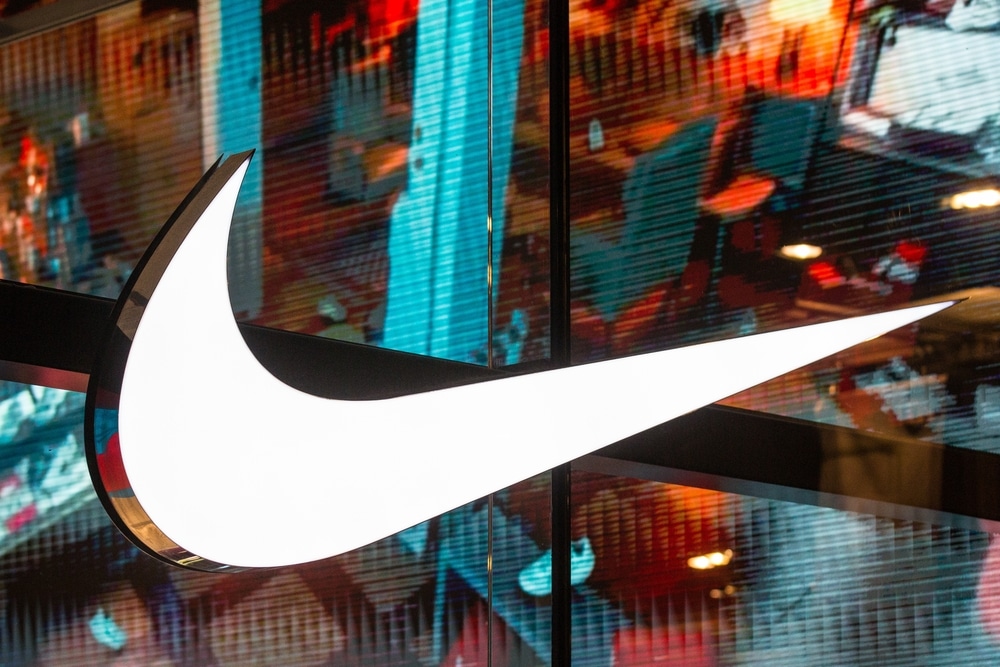Converse, once a staple of casual cool, is facing a defining moment. After two years of slipping sales and market momentum, parent company Nike is shaking things up—starting with a leadership overhaul that could mark the beginning of a brand reinvention.
Aaron Cain Steps In to Lead a New Chapter
Taking the helm as CEO of Converse is Aaron Cain, a Nike veteran with more than two decades of leadership experience across North America, Europe, and Asia. Known for his strategic mindset and global perspective, Cain’s appointment signals Nike’s intent to realign Converse with a sharper focus on performance and growth.
Cain will operate out of Nike’s global headquarters in Beaverton, Oregon, succeeding Jared Carver, who led Converse for the past two years. Carver will work alongside Cain through the end of the month to ensure a smooth leadership transition.
Perspective: Cain’s appointment reflects Nike’s deeper desire to inject new energy into Converse while staying tethered to its roots in authenticity and self-expression.
Why the Change? Declining Sales and a Shrinking Market Share
The leadership shake-up comes amid tough times. Converse has now reported eight consecutive quarters of declining sales, including a dramatic 26% year-over-year drop in the most recent quarter. Once a dependable contributor to Nike’s bottom line, Converse now accounts for less than 4% of Nike’s total revenue—a drop from its historical 5–7% range since Nike began tracking its figures separately in 2012.
That’s not just a slump—it’s a wake-up call.
Nike’s Bigger Play: A Renewed Focus on Sport
This move isn’t happening in a vacuum. Nike CEO Elliott Hill, who recently returned from retirement to guide the company, is leading a broader strategic push to restore clarity and purpose across Nike’s brand family. His goal? To rebuild relationships with retail partners and center the company’s future around sport—a principle that once defined the Nike ecosystem.
In an internal memo obtained by Bloomberg, Nike’s leadership emphasized the timing of the transition:
“Now is the right time to begin the next chapter.”
And that next chapter appears to prioritize clearer brand identity, sharper differentiation, and renewed investment in performance-based storytelling.
What’s at Stake for Converse?
Once an icon of streetwear and youth culture, Converse is now grappling with how to stay relevant in an increasingly competitive footwear market. Rivals like New Balance, Vans, and smaller boutique sneaker brands have eaten into its territory, leveraging niche appeal and performance innovations that Converse has largely struggled to match.
With consumer tastes shifting rapidly and Gen Z audiences driving demand for authentic, purpose-driven brands, Converse’s next moves will need to be bold, creative, and culturally aligned.
Brand Insight: Converse’s strength has always been its identity—rooted in creativity, music, and counterculture. A successful revival will mean honoring that DNA while evolving to meet the needs of today’s youth-led style movements.
What This Means for Consumers
If you’re a long-time fan of Converse, this transition might stir both nostalgia and curiosity. For years, the brand’s iconic Chuck Taylors defined off-duty style and indie spirit. But recently, the product line has felt inconsistent—caught between trend-hopping and attempts at reinvention.
With Cain now steering the ship, the hope is to refocus the brand, offering more cohesion, quality, and cultural resonance. This could mean collaborations with emerging artists, a refreshed product roadmap, or a return to Converse’s sporty roots.
Final Thoughts: Can Converse Stage a Comeback?
Nike’s leadership reboot for Converse feels less like a routine shuffle and more like a strategic reboot. The coming months will be telling: Will Aaron Cain manage to rebuild momentum and recapture the brand’s cultural cachet? Or will Converse remain in the background of Nike’s broader ambitions?
Either way, fans are watching—and hoping—for a return to form. Because a world where Converse thrives is a world where classic style, creativity, and substance still have a seat at the table.
Image Source: Karol Serewis / Shutterstock





























